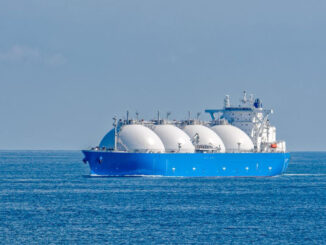
By P Gosselin
East Australia got hit by lots of rain in February earlier this year, and the media of course blamed it all on manmade climate change.
Now a new study by Holgate et al (2022) titled “The Impact of Interacting Climate Modes on East Australian Precipitation Moisture Sources” shows East Australia’s rains are directly tied to natural oceanic patterns.
Hat-tip: EIKE.
The paper’s abstract summarizes that east Australia precipitation is driven by multiple interacting climate modes and that the El Niño–Southern Oscillation (ENSO) modifies the supply of evaporative moisture for precipitation and that this is modulated by the Indian Ocean dipole (IOD) and southern annular mode (SAM).
Sources of moisture in eastern Australia. Source: Holgate et al, 2020
The authors describe how La Niña facilitates local precipitation generation whereas El Niños are associated with below average precipitation.
In an article appearing in the academic CONVERSATION here, the authors noted there are climate oscillations at play in the modulation of east Australia rainfall, primarily the El Niño-Southern Oscillation (ENSO), the Southern Annular Mode (SAM), and the Indian Ocean Dipole (IOD):
“Like swings in a character’s mood, each climate mode has positive, negative and neutral phases. Each affect Australia’s weather in different ways,” write the authors. “La Niña brings wetter conditions to eastern Australia. The IOD’s negative phase, and SAM’s positive phase, can also bring more rain.”
In other words, rains and dry periods depend on what the oceanic cycles are doing, and not CO2. Understanding the key natural cycles is key.
However, the authors do go on to claim that extreme La Niña and El Niño events and weather systems “are expected to worsen due to greenhouse gas emissions”, but that is speculative at best. Co2 does not drive ocean cycles and modes.
When “expected” never shows up
We remind that also Atlantic hurricanes too “are expected to worsen due to greenhouse gases”, yet the opposite has in fact been the case over the past decades. Also the Arctic was expected to be ice-free in the summer by now. But that too has not happened and late summer sea ice there has trended upwards moderately over the past 15 years.
Oceans were expected to warm as well, but as Kenneth noted yesterday, that too has not been necessarily the case. New research suggests the bottom half (2 km to the bottom) of the Pacific has been robustly cooling since 1993!
Prof. John Schellnhuber, former director of the PIK Potsdam Institute, also “expected” the Himalayas to lose their glaciers by 2030, yet that was glaringly exposed as a real doozy of a climate bluff as well.
So when it comes to weather extremes and future projections, it’s really important to separate the science from the climate scamming.



